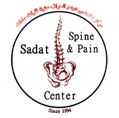
Cervical disc
Cervical disc
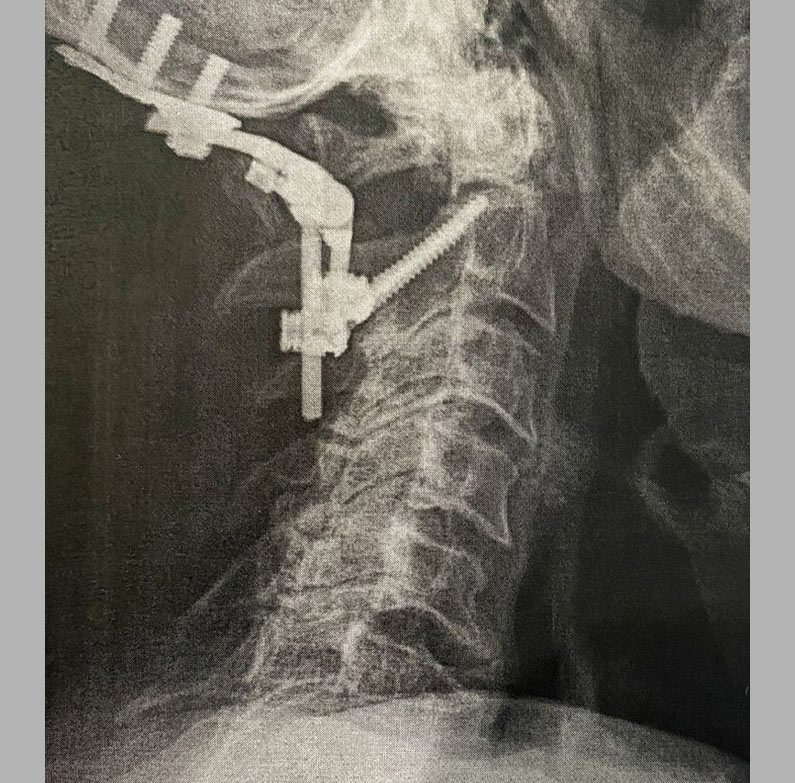
The structure of the cervical spine
The cervical spine consist of seven vertebrae. The vertebral canal is enclosed by vertebral bodies at front and vertebral arches at the side which connect at the back in the spinous process. The vertebral canal encloses and protects the spinal cord from which nerve fibres emanate; they consolidate into nerve roots which leave the vertebral canal through the intervertebral foramina.
Which disorders can occur?
1-Prolapse of an intervertebral disc
The intervertebral disc of the cervical spine consist of annulus fibrosis(a fibrosis ring) which encircles the nucleus pulposus (a gelatinous springy substance). If the annulus ruptures, part of the intervertebral disc can be displaced into vertebral canal and/or into the intervertebral foramen, thereby compressing the near by nerve roots and spinal canal.
Bone degeneration
Frequently, additional bony overgrowths constricting the spinal cord are found.
Constriction of vertebral canal
Due to this, even a slight bulging of intervertebral disc can cause damage to the nerve roots/spinal cord.
Constriction of intervertebral foramina
The foramina (channels) through which nerve roots connect the spinal cord to the neck, arm and hand can be constricted due to bony overgrowths in particular.
Infection/Inflammation
Damage to a nerve root/the spinal cord can also be caused by pus due to infection/inflammation.
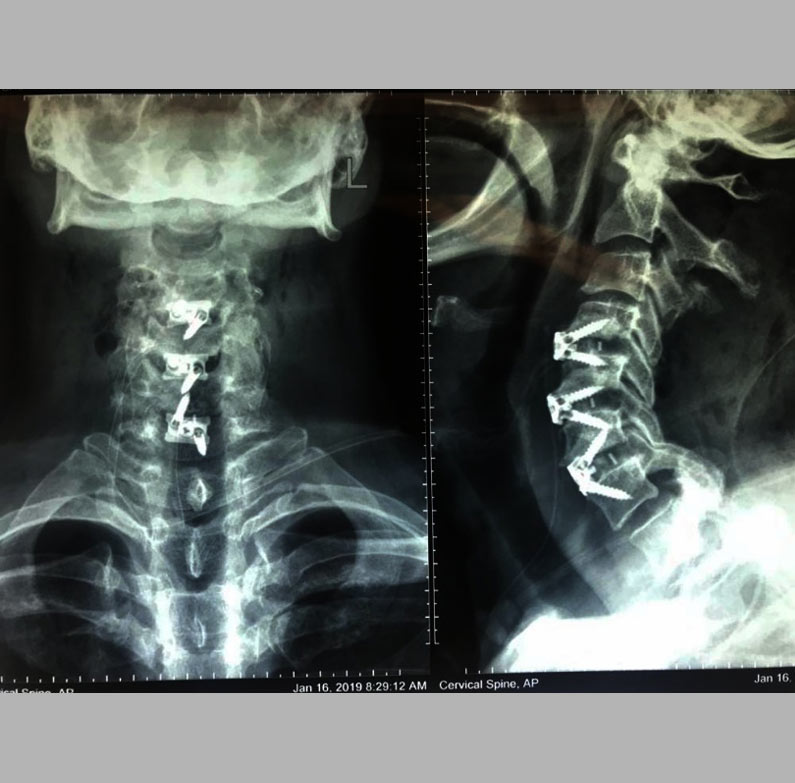
Injury
Injury can cause pieces of the vertebral bodies or intervertebral disc tissue to shift into the vertebral canal and/or the intervertebral foramen and compress the nerve tissue. However, damage can also be caused by overextension of the spinal cord and the nerve roots in the moment of accident. Frequently, both mechanisms are involved.
Kinking of the spine
The intervertebral connections can be destroyed by tumors, infection/inflammation or accidents, causing the vertebral bodies to tilt forward (Kyphosis).This causes compression and overextension of the spinal cord and/or the nerve roots.
What are treatment options?
In degenerative diseases, it is possible to improve symptoms by means of physical therapy(relaxing, building and strengthening muscles and improving sequences of movement, posture corrections, etc.) or external immobilization(brace, halo).
But if they don’t be achieve significant improvement, surgical treatment is indicated.
How is the operation performed?
In principle, the spinal cord and nerve roots can be reached both from the neck and from the front. There are advantages and disadvantages to both procedures. the doctor is recommending an operation in a posterior approach in your case. In most cases, the incision is made in the mid-line of the neck. The operation is performed under general anesthesia.
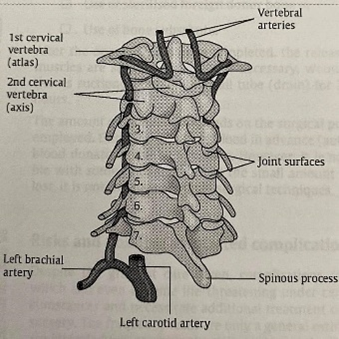
1-Opening of vertebral canal (Laminectomy)
Unilateral or bilateral opening and widening the cervical vertebral canal by removing the vertebral arches and possibly also the spinous processes. In some cases, the operation only needs to be performed on one side (hemilaminectomy). Arthrodesis (fusing the vertebral bodies)is necessary only if the stability of the spine has been compromised due to the disorder or the surgical procedure itself.
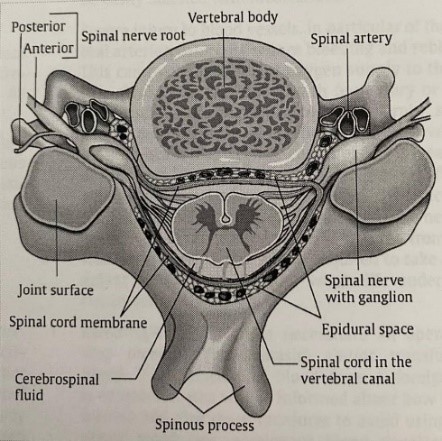
2-Widening the intervertebral foramina(foraminotomy)
The vertebral canal is opened by economical removal of bone parts near the joints to widen the intervertebral foramen. The nerve root running through the intervertebral foramen and being compressed is released and relieve. Parts of prolapsed disc are removed, the rest of the intervertebral; disc remains in place.
3-Opreations to stabilize the spine (Arthrodesis)
This is necessary only if the stability of the spine has compromised due to the disorder, an injury or the surgical procedure. Fusion of the vertebrae Arthrodesis) is then performed to relieve the pain and restore the protective function of the spine. For arthrodesis, screws are placed in two or more vertebrae bodies. They are used to fixate a metal plate on both sides of the spine fusing two or more vertebral bodies together. Metal wires, metal cages or other synthetic materials can also be used in arthrodesis operation.
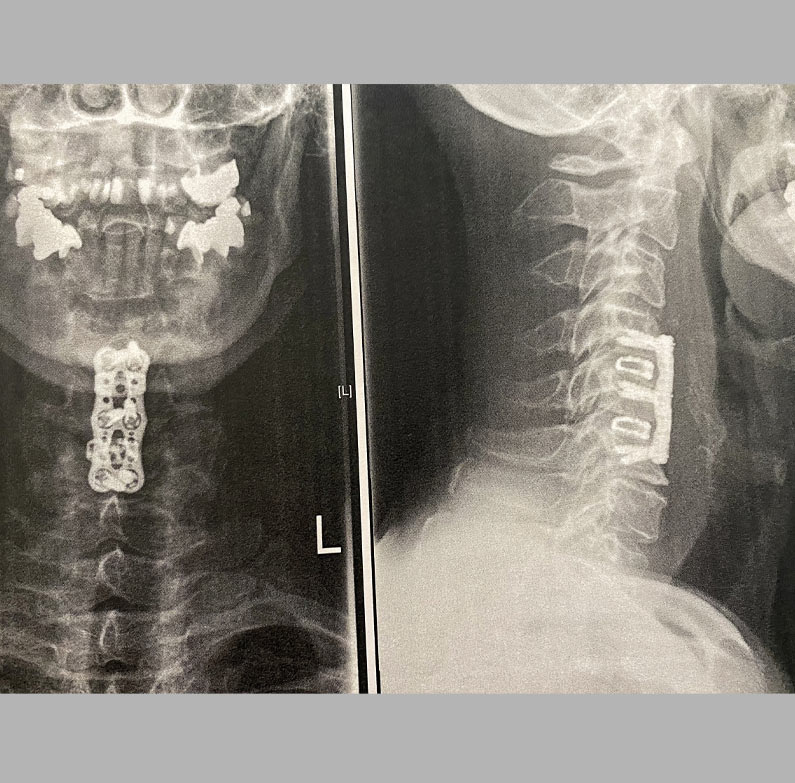
What are the chances of success?
Spinal cord stenosis’s symptoms must be occurred but if the operation does not successful the following options can be occurred:
1-neuropathy
2- Damaged disc
References
1- Spine from Theime
2-Spine from schattauer
